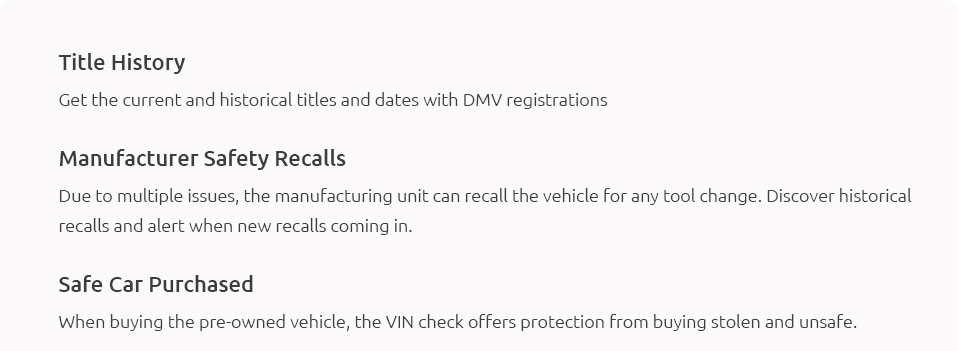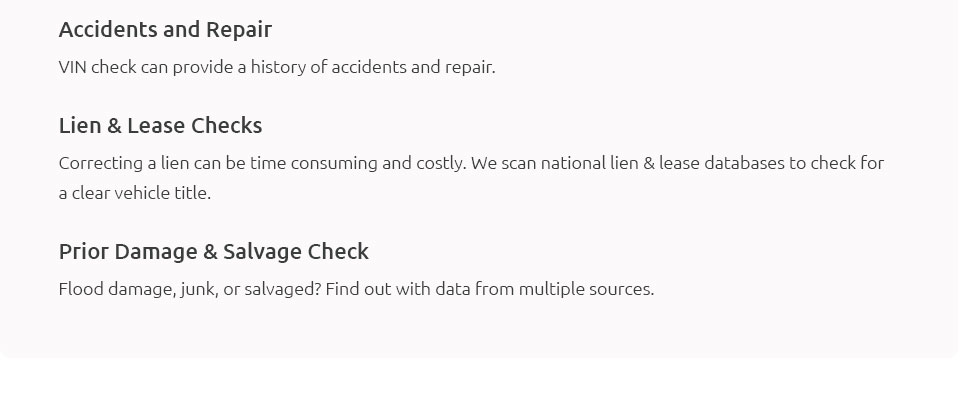 |
 |
 |
||
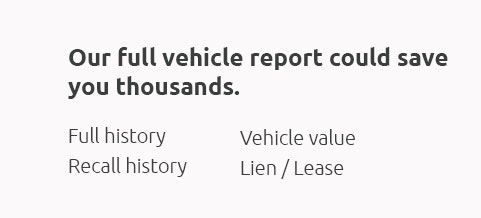 |
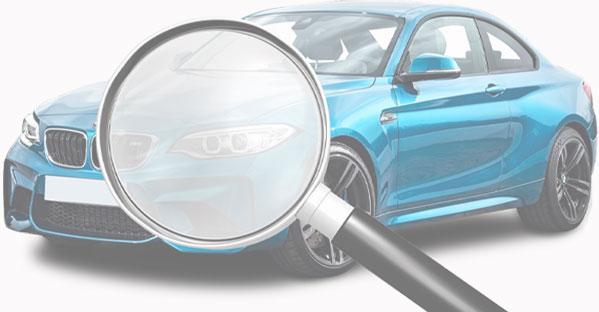 |
|
 |
||
 |
 |
 |
 |
||
 |
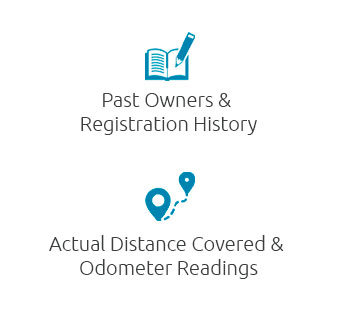 |
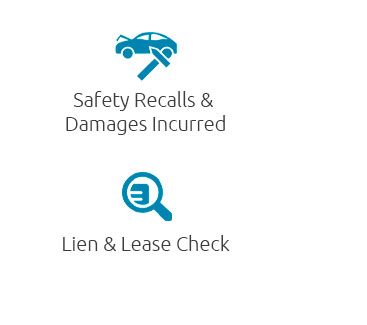 |
 |
 |
||||
|
||||
 |
Understanding How to Check Your Car's VIN NumberWhen it comes to unraveling the complexities of your vehicle's history, the Vehicle Identification Number, or VIN, serves as an invaluable tool, akin to a car's fingerprint. But how exactly does one go about checking it? This question, surprisingly common, pops up in car owner forums and casual conversations alike, revealing a shared curiosity about the details embedded within those seemingly random alphanumeric sequences. In the sections that follow, we will delve into the purpose of a VIN, where you might find it, and why checking it is an essential practice for any conscientious car owner. Firstly, what is a VIN number? The VIN is a unique code assigned to every motor vehicle when it's manufactured. Comprised of 17 characters, this code encodes a wealth of information about the car, such as its manufacturer, model year, production plant, and often even more granular details. It's crucial to note that the VIN is not just a random set of letters and numbers; rather, it's a carefully constructed identifier that can reveal a vehicle's history and legitimacy. Now, let's explore where you can locate your car's VIN. Typically, the VIN is found in several places on your vehicle. The most common location is on the lower corner of the windshield on the driver's side. It can also be located on the driver’s side door jamb, where the door latches when it is closed. For those with a keen eye, the VIN can sometimes be found under the hood or on the engine block itself. Additionally, the VIN should be prominently displayed on important documents such as the vehicle's registration papers, insurance card, and title. So, why is checking the VIN so important? Conducting a VIN check can provide peace of mind, especially when purchasing a used vehicle. By entering the VIN into a trusted database, you can uncover critical information about the car's past. This includes accident history, recall notices, and whether the vehicle has been reported stolen. It's a vital step that can prevent future headaches, safeguarding you against potential fraud or unexpected mechanical issues. Finally, how do you check a VIN? Several online services offer VIN checks, some for free and others for a fee. Websites like Carfax, AutoCheck, and the National Highway Traffic Safety Administration provide varying levels of detail about a vehicle's history. While free services can offer a basic overview, paid reports are often more comprehensive, revealing in-depth insights about the vehicle's maintenance records and ownership history.
In conclusion, checking your car's VIN is not merely an exercise in due diligence but a fundamental step in ensuring the safety and reliability of your vehicle. Whether you're buying, selling, or simply staying informed about your current car, understanding how to locate and interpret your VIN empowers you to make informed decisions. As technology and databases continue to evolve, the process of checking a VIN becomes increasingly accessible, offering car owners a transparent view into the intricate tapestry of their vehicle's history. Remember, a little knowledge can go a long way in maintaining the trust and confidence you place in your vehicle. https://www.quora.com/Can-I-find-my-car-VIN-number-online
Thanks for getting in touch! It turned out that solving this problem was not as challenging as it first seemed, thanks to an excellent ... https://www.mopar.com/en-us/my-vehicle/vin-lookup.html
The VIN can be found on the VIN plate located on the driver's side of the dashboard just below the windshield (1). The VIN can also ... https://driving-tests.org/vin-decoder/
A VIN Number is a unique code (usually printed in a single line) assigned to every vehicle at its manufacture. It's a 17-character string of letters and ...
|

